10 Worst Rounds In PGA Tour History
We examine some of the calamities that have befallen some very good golfers on some very bad days for them
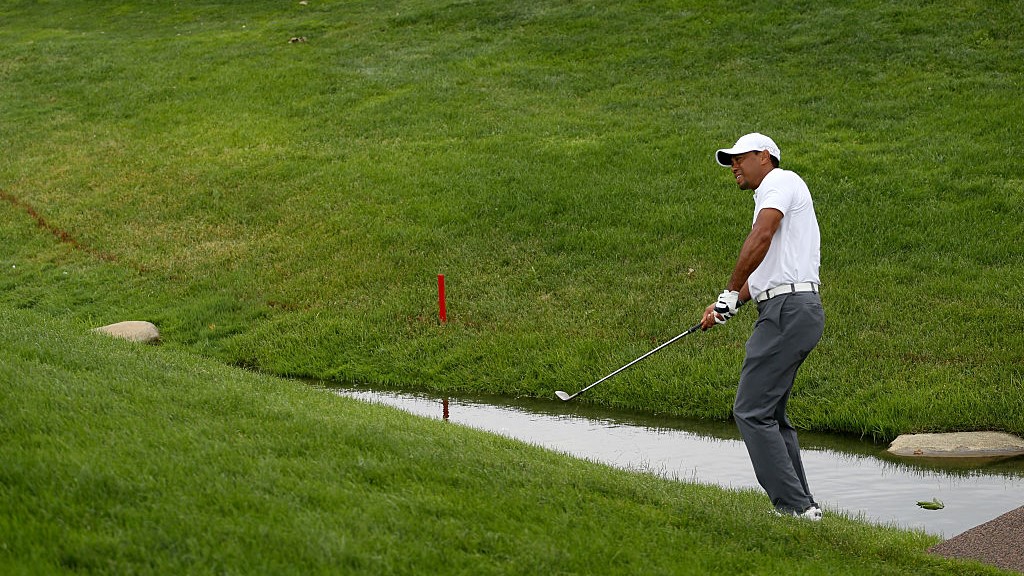
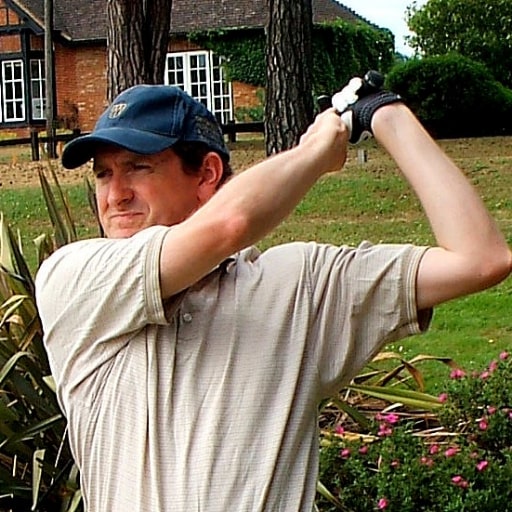
Worst Rounds in PGA Tour History
The worst rounds in PGA Tour history show how a bad round can happen to even the best of golfers. Sometimes it is not so much a bad round as just a really bad hole that sinks them, and by really bad we really do mean really bad, as in utterly awful, as in 17, 18, 19...
Carnage at the U.S. Open, 1898
The fourth U.S. Open was the first to be played over 72 holes. It was held in Massachusetts at Myopia Hunt Club, a 2,928 yard nine-hole layout, fabled as a tough course. Forty-nine players started the tournament, and nine had a three-figure score in the first round, with John Dunn Tucker in some records down as shooting a scarcely believable 157. Of the 180 rounds played in that U.S. Open, 19 resulted in scores in triple figures. Only two rounds broke 80.
John Daly, 85, Arnold Palmer Invitational, 1998
On the par-5 6th hole the fairway horseshoes around a lake. As the crow flies, it is 354 yards from tee to green, and this is the route Grip It and Rip It Daly opted for. Repeatedly. Six drowned golf balls later, he was walking off the green with a 13-over par 18 on the card. The next hole, a par 3, he birdied. In fact, exclude the 6th, and he went round in level par.
Mike Reasor 123 & 114, Tallahassee Open, 1974
Reasor made the cut at level par and then was thrown from a horse into a tree which left him with a torn rib cartilage, damaged knee ligaments, and a separated left shoulder. To qualify for the next tour event he had to complete all four rounds. So Reasor played the remaining two rounds one-handed, with his other arm tucked into his belt, and finished 93 over par. It was all in vain as he was still not able to play in the following week’s Bryon Nelson Classic because of his injuries.
Walter Ratto, 100, U.S. Open, 1941
Ratto hit a tree with his opening shot of the second round at Colonial C.C. in Fort Worth and the ball rebounded behind the tee. Playing partner, Mario Gonzales asked if he was now to tee off, or should Ratto play next as furthest from the flag.
Charlie Kunkle, 95, Masters, 1956
Kunkle had qualified for the Masters in 1956 by reaching the quarter finals of the 1955 U.S. Amateur. The Masters was played in atrocious weather and Kunkle shot 78, 82 and 85 and then on the final day which Kunkle remembered, in 2005, as “the toughest conditions I ever played in,” he carded a 95. This remains the highest official round at the Masters, and his four round aggregate of a 52-over par is never likely to be beaten as the next year Augusta National introduced a cut after two rounds. Coincidence? We think not.
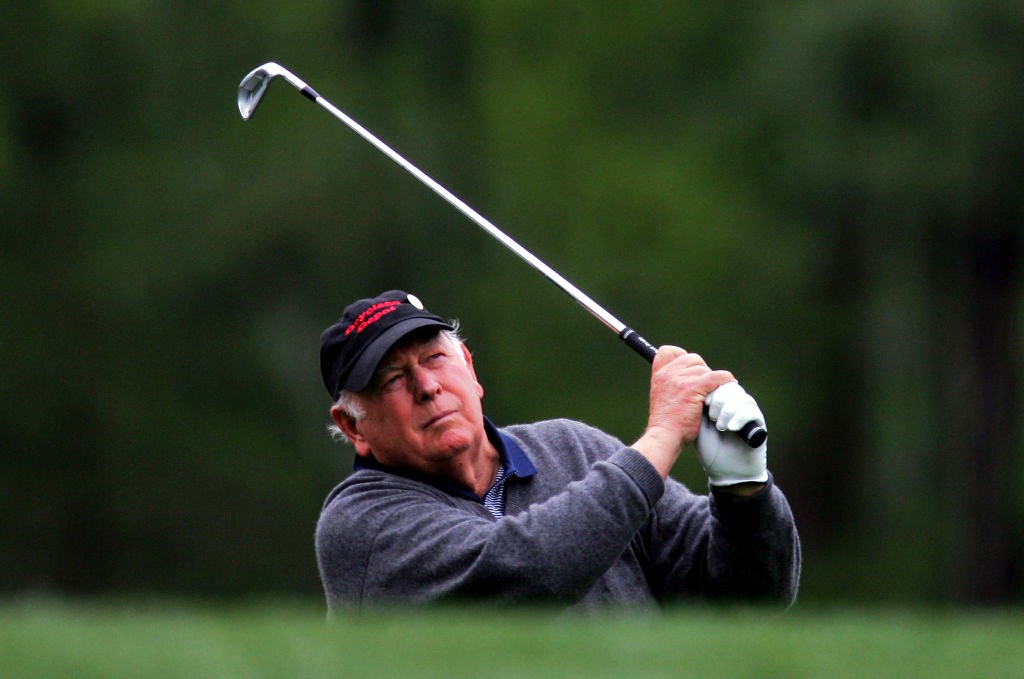
Billy Casper on his final Masters appearance
Billy Casper, a 106 that does not officially exist, Masters 2005
Casper qualified for the 2005 Masters in 1970. Winners of the Masters got a lifetime invitation to the Masters, and 73-year-old Casper used this in 2005. He went round in 106, including 14 on the 16th, both records. Or they would have been records if he had signed his card. He deliberately did not, so the round does not officially exist.
Get the Golf Monthly Newsletter
Subscribe to the Golf Monthly newsletter to stay up to date with all the latest tour news, equipment news, reviews, head-to-heads and buyer’s guides from our team of experienced experts.
Tiger Woods, 85, Memorial Tournament, 2015
Many players have scored worst than this. But this is Tiger Woods, and a tournament that he had won five times. He was partnered with rookie Zac Blair, who went round in 70. Blair remembers: “He was my idol and I tried to not expect much, but he was really nice, talked to me all day, he talked about fishing in Utah, the U.S. Open. Whenever I tell people the story about playing with Tiger, I always try to tell them how amazing he was toward me. He stuck through it all day and really grinded it out. That was the coolest round of golf in my entire life."
Ray Ainsley, 96, U.S. Open, 1938
In the second round, Ainsley hit into a flowing creek on the 16th hole. Unsure of the rules, he opted to play out and took 19 on the par-4 hole. This comprised a large chunk of his 25-over-par round. Afterwards he learnt he could simply have taken a penalty drop. How on earth did he not know this?
George Bayer, 90, Kentucky Derby Open, 1957
Four golfers were staying together and all four were well down the leaderboard yet had made the 36-hole cut. Rather than hanging around for all four rounds they wanted to get on on the road to the next tournament, which was in Texas. They asked to withdraw, but this request was denied. In protest, all four played badly, knowing that if they missed the second cut after the third round they could still leave a day early. Bayer was the least subtle of the four – he took 17 on the 395-yard 17th by repeatedly bunting a 7-iron down the fairway. All four golfers were suspended from the tour for 30 days, but after they apologised this was changed to $250 fines and a 90-day probation period.
Contributing Writer Roderick is the author of the critically acclaimed comic golf novel, Summer At Tangents. Golf courses and travel are Roderick’s particular interests. He writes travel articles and general features for the magazine, travel supplement and website. He also compiles the magazine's crossword. He is a member of Trevose Golf & Country Club and has played golf in around two dozen countries. Cricket is his other main sporting love. He is also the author of five non-fiction books, four of which are still in print: The Novel Life of PG Wodehouse; The Don: Beyond Boundaries; Wally Hammond: Gentleman & Player and England’s Greatest Post-War All Rounder.
-
 The Last Time Rory McIlroy Won A Major (Prior To The 2025 Masters)....
The Last Time Rory McIlroy Won A Major (Prior To The 2025 Masters)....We wind the clock back to the year 2014, when Rory McIlroy was the heir-apparent to Tiger Woods
By Michael Weston Published
-
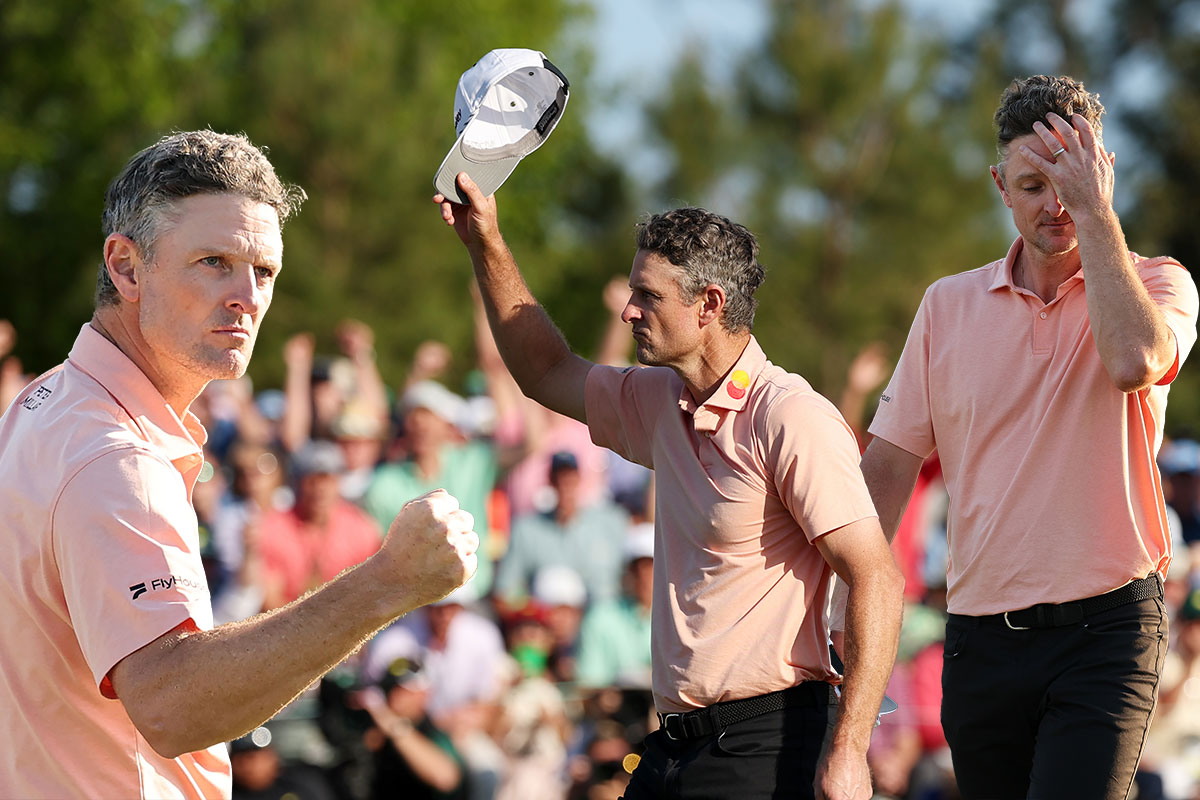 I'm Thrilled For Rory McIlroy But Gutted For Class Act Justin Rose... I'd Love Him To Win Another Major
I'm Thrilled For Rory McIlroy But Gutted For Class Act Justin Rose... I'd Love Him To Win Another MajorJustin Rose pushed Rory McIlroy all the way in The Masters, and while I am super impressed by the Career Grand Slam, part of me is hurting for the Englishman...
By Barry Plummer Published
-
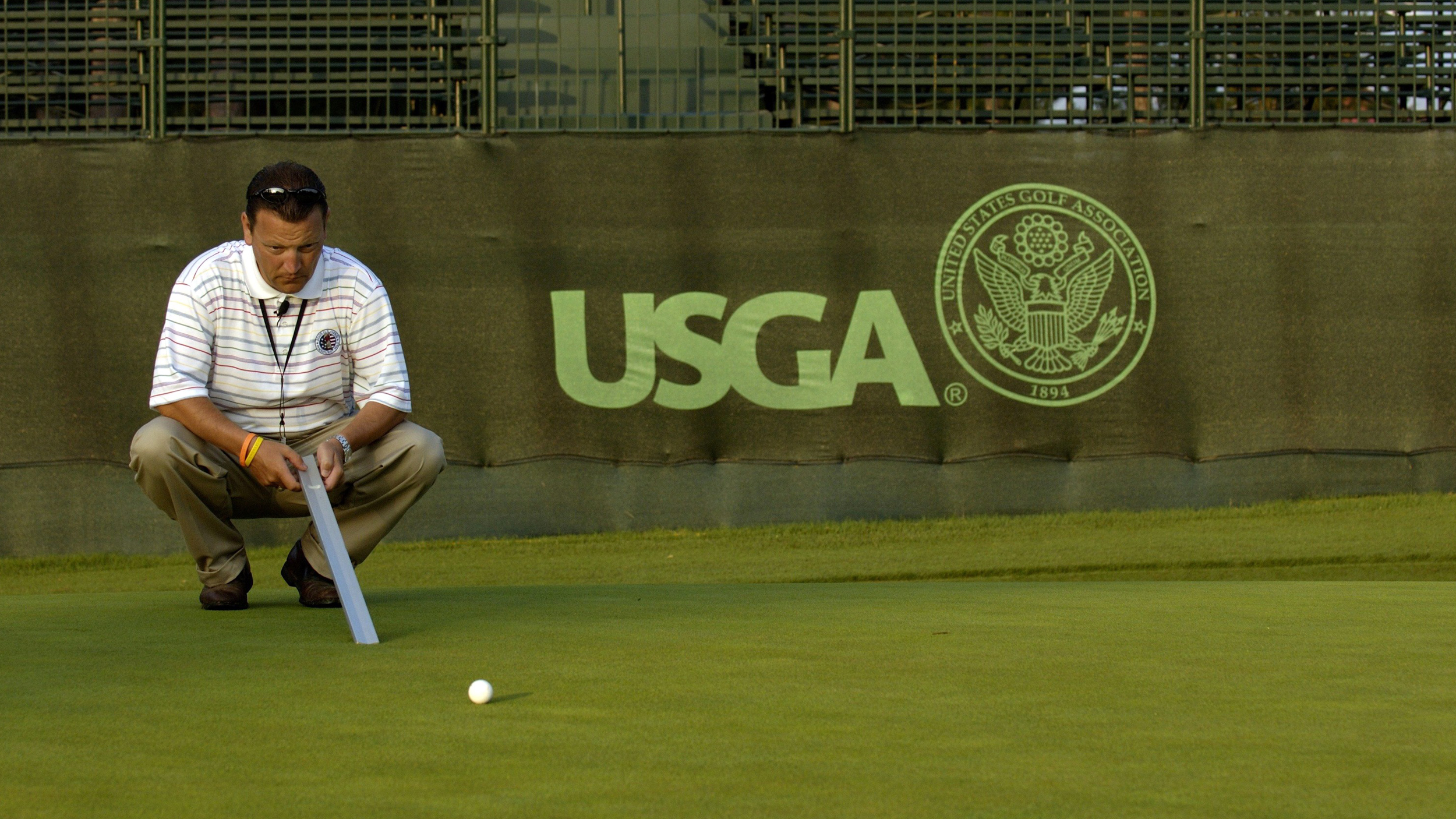 What Is A Stimpmeter And How Does It Work?
What Is A Stimpmeter And How Does It Work?If we told you it measures speed, you'd probably be able to guess exactly what this simple device was
By Roderick Easdale Published
-
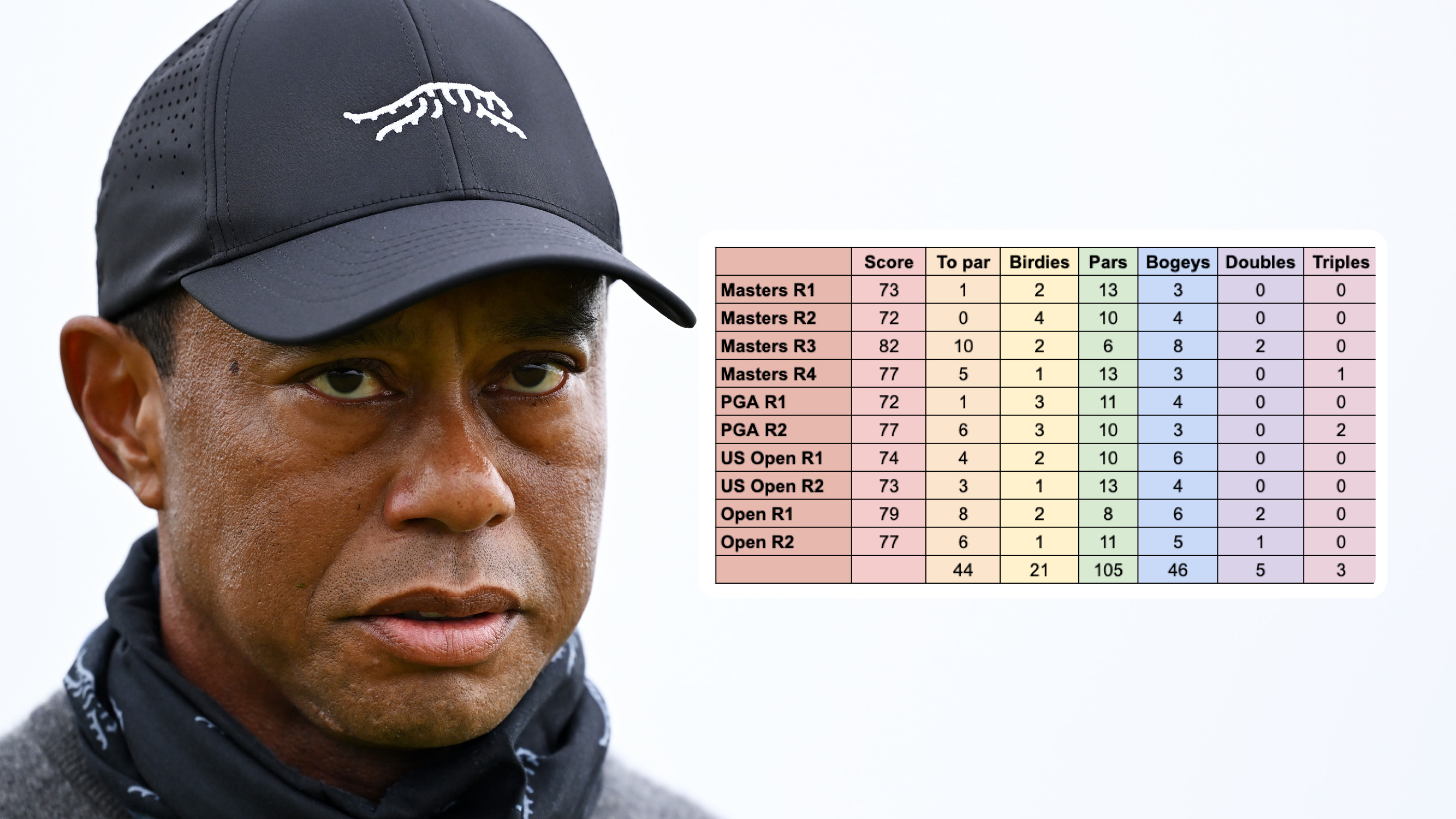 Tiger Woods Didn't Break Par In A Single Major Round This Year... Where Does He Go From Here?
Tiger Woods Didn't Break Par In A Single Major Round This Year... Where Does He Go From Here?Tiger Woods' Major record for 2024 doesn't make for good reading, and as a big Tiger-fan, I worry about what comes next for this legend of the game...
By Barry Plummer Published
-
 The Open and Dan Brown Show Why Limited-Field Golf Tournaments Should Be Abolished
The Open and Dan Brown Show Why Limited-Field Golf Tournaments Should Be AbolishedDan Brown led the Open Championship after the first round at Royal Troon and a number of other ‘lesser lights’ are in contention. They add so much to golf tournaments
By Nick Bonfield Published
-
 The Surprising PGA Tour Pro Outdriving LIV Golf's Bryson DeChambeau At The Open
The Surprising PGA Tour Pro Outdriving LIV Golf's Bryson DeChambeau At The OpenHitting the golf ball a long way is Bryson DeChambeau's thing, but one player outperformed him in the driving distance category during round one of the Open...
By Barry Plummer Published
-
 Is There Still Hope For Bryson DeChambeau At The Open?
Is There Still Hope For Bryson DeChambeau At The Open?Bryson DeChambeau had a challenging day at the Open Championship, but some of these interesting stats suggest it might not be over for the US Open Champion...
By Barry Plummer Published
-
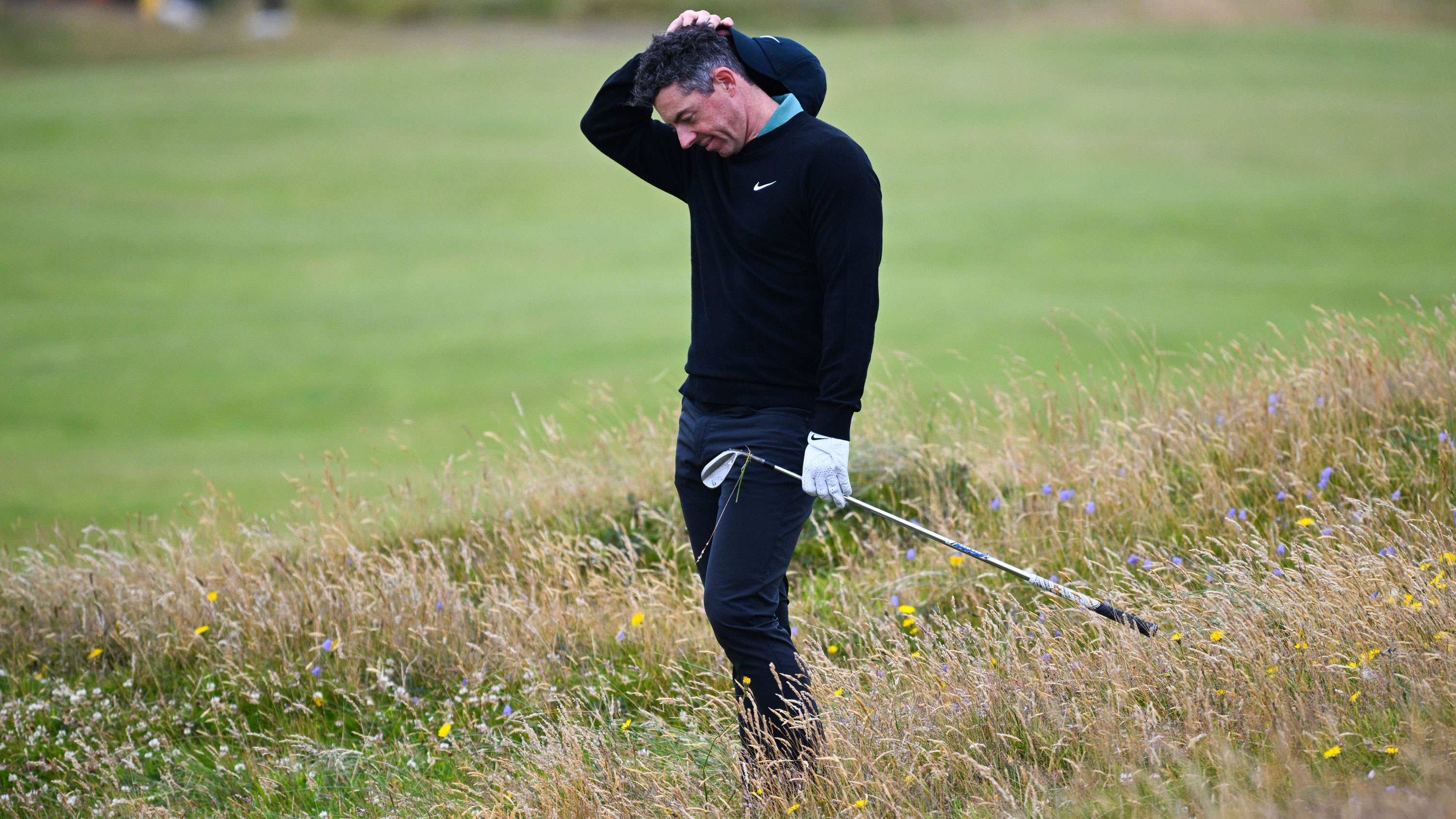 This Revealing Stat Shows What Rory McIlroy Must Improve In Major Championship Golf
This Revealing Stat Shows What Rory McIlroy Must Improve In Major Championship GolfRory McIlroy got off to an inauspicious start in tough conditions at the 152nd Open Championship at Royal Troon. Looking at the data, that’s perhaps not a surprise…
By Nick Bonfield Published
-
 I'm Convinced Justin Thomas Will Win The Open
I'm Convinced Justin Thomas Will Win The OpenAfter a solid opening round, I am completely sold that Justin Thomas can win a third Major Championship title at Royal Troon. Here are three reasons why...
By Barry Plummer Published
-
 Why Is The Open Winner Called Champion Golfer Of The Year?
Why Is The Open Winner Called Champion Golfer Of The Year?Champion Golfer of The Year is a term you will hear a lot over the course of the next few days, but where exactly did it come from and why is it used?
By Barry Plummer Published